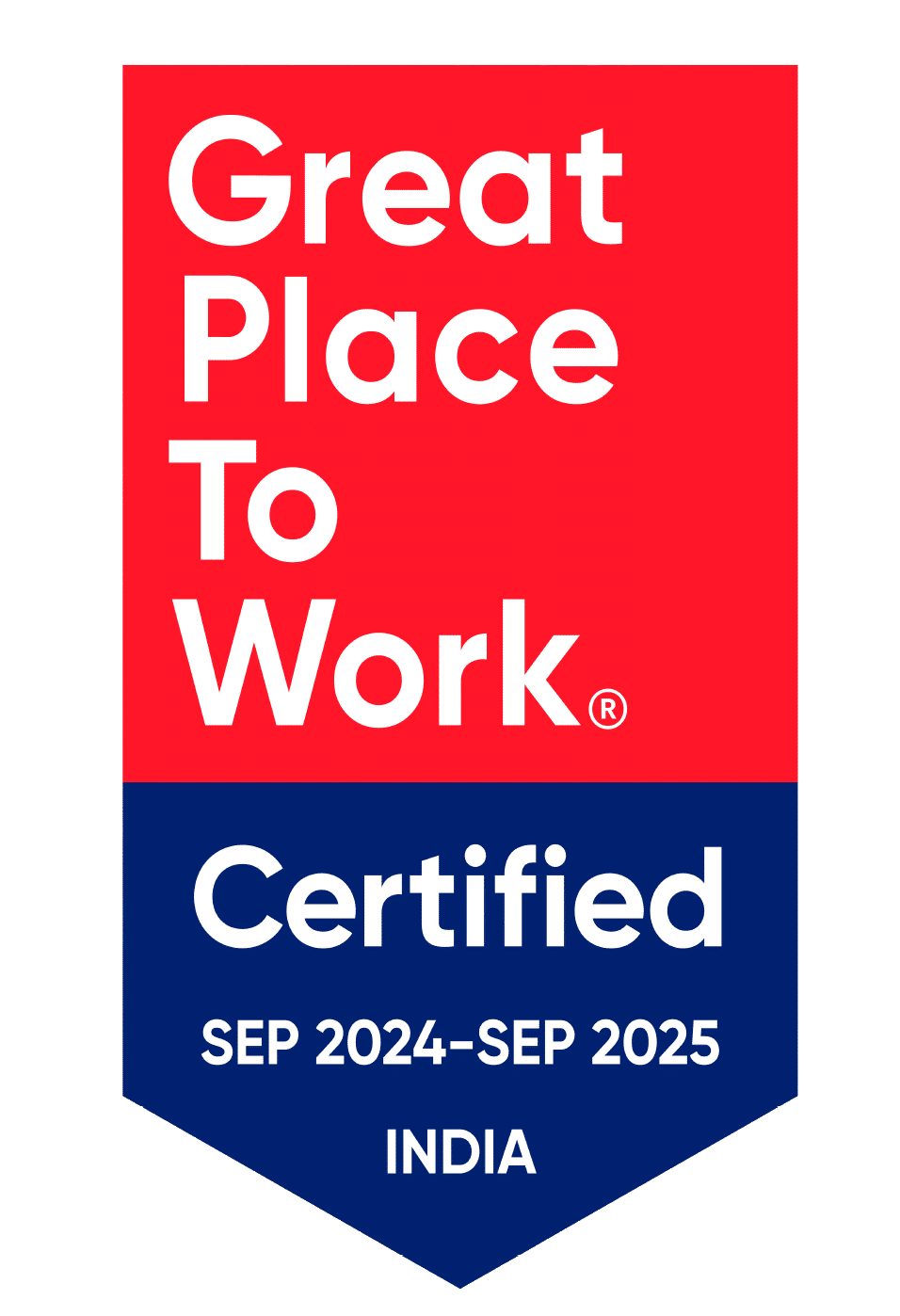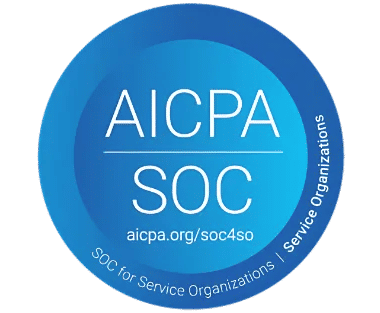Make Smarter Decisions & Learn How to Calculate Opportunity Cost
Opportunity cost helps organizations evaluate the value of alternatives when making decisions. By understanding it, businesses can allocate resources more effectively and maximize returns.

How To Calculate Opportunity Cost for Businesses
When making business decisions, it is crucial to ensure they align with your long-term objectives and immediate needs. Every choice comes with an impact, not just on current circumstances but also on the broader trajectory of your business or career. By understanding the concept of opportunity cost, you equip yourself with a valuable tool for informed decision-making, helping you weigh potential benefits against sacrifices effectively.
This comprehensive guide will explain the concept of opportunity cost, methods to calculate it, its applications, and how you can use it to strengthen your business’s decision-making processes.
What is Opportunity Cost in Business?
This is the value of the benefits or returns lost when you choose one alternative over another. In simple terms, it represents the value of the best alternative that you had to give up when making a choice.
A recent study found that the incremental cost-effectiveness ratio for maternal age screening was 27% higher than the average, highlighting that not accounting for these ratios could lead to misleading decisions regarding the opportunity cost of screening for Down’s syndrome.
Key Characteristics of Opportunity Cost
- Forward-Looking: Unlike sunk costs, which represent money already spent, opportunity costs focus on future possibilities.
- Unseen but Real: While opportunity costs don’t appear on financial statements, they play a critical role in strategic planning.
- Decision-Driven: They arise from making a choice between competing options.
Practical Example:
Imagine your business is exploring a new market. You have two options:
Whichever path you choose, the option not taken represents your cost. Comparing these options and their potential returns along with efficient expense management software can help you identify which is more beneficial for your long-term growth.
Why is Understanding Opportunity Cost Important?
The importance of opportunity cost lies in its ability to:
- Guide Resource Allocation: Opportunity cost analysis helps businesses allocate their limited resources to the most productive and profitable uses. By understanding the trade-offs between various options, companies can channel resources like time, money, and workforce into areas that generate the highest returns. This ensures efficiency and supports sustainable growth over time.
- Enhance Decision-Making: Identifying potential trade-offs through opportunity cost calculations enables decision-makers to choose the most advantageous option. It provides a structured framework for evaluating alternatives, helping businesses make choices that align with their goals. This leads to better outcomes and minimizes wasted resources.
- Avoid Regret: Evaluating opportunity costs upfront reduces the likelihood of second-guessing decisions later. By analysing what might be sacrificed, businesses can make more confident choices and avoid common pitfalls. This practice helps foster a culture of informed and deliberate decision-making.
- Improve Long-Term Planning: This encourages a forward-thinking approach, aligning decisions with strategic objectives with the help of expense tracking software. By considering future implications, businesses can make choices that contribute to long-term success rather than short-term gains. This helps in building resilience and achieving sustainability.
- Optimize Financial Investments: The analysis enables businesses to compare the potential returns of various investments. Whether deciding between capital projects or marketing campaigns, understanding opportunity costs ensures resources are directed towards the highest-yielding options. This improves overall financial performance.
- Strengthen Competitive Advantage: By weighing the opportunity costs of different strategies, businesses can identify actions that offer the best competitive edge. This could mean investing in innovation, entering new markets, or focusing on customer experience. Strategic choices guided by opportunity costs lead to a stronger market position.
- Enhance Operational Efficiency: considerations help streamline operations by identifying inefficient practices or redundant activities. By reallocating resources from low-value tasks to high-impact areas, businesses can boost productivity and maintain lean operations.
- Support Risk Management: Understanding opportunity costs helps businesses evaluate the risks associated with various choices. By considering what is being sacrificed, companies can better assess whether potential rewards justify the risks involved. This fosters a balanced approach to decision-making.
- Encourage Innovation: Opportunity cost analysis often reveals gaps or underutilized opportunities within a business. This prompts organizations to explore new ideas, adopt advanced technologies, or create innovative solutions. By embracing such opportunities, companies can stay ahead of industry trends.
- Aid in Personal Development: Opportunity costs are not limited to financial or operational decisions; they also apply to time management and skill development. For example, professionals can analyse the cost of pursuing further education versus gaining work experience. This ensures personal growth is aligned with long-term career aspirations.
How to Calculate Opportunity Cost in Business?
In fiscal management, there are two primary approaches to calculating opportunity costs: a simple formula and a more detailed, advanced formula.
Formula 1: Basic Opportunity Cost Calculation
Opportunity Cost = Value of Foregone Option (FO) – Value of Chosen Option (CO)
The foregone option represents the most profitable alternative you didn’t choose. This straightforward calculation can be applied to various scenarios, from pricing strategies to investment decisions.
Example: You’re deciding between selling:
- A premium digital marketing service for $5,400/year to 150 customers.
- A basic plan for $1,200/year to 100 customers.
Calculation:
- Premium: $5,400 x 150 = $810,000
- Basic: $1,200 x 100 = $120,000
Opportunity Cost = $810,000 – $120,000 = $690,000
While the premium option appears more lucrative, consider long-term retention or other qualitative factors before finalizing your decision.
Formula 2: Net Present Value (NPV) Approach
The NPV formula accounts for the time value of money and future cash flows:
NPV = FCF0 + (FCF1 / (1 + r)^1) + … + (FCFn / (1 + r)^n)
Where:
- FCF: Free Cash Flow.
- r: Discount rate.
- n: Number of periods
This advanced approach helps evaluate mutually exclusive options. The rule of thumb is to choose the option with the highest NPV. However, if another option provides immediate returns, its opportunity cost can be factored into the total costs.
Real-Life Applications of Opportunity Cost in Business
- Investment Decisions: Opportunity cost analysis helps businesses determine the value of pursuing one project or venture over another. By evaluating the potential returns and sacrifices, companies can decide which investments align best with their long-term goals. For instance, choosing between developing a new product or expanding an existing one becomes clearer when opportunity costs are assessed. This ensures that businesses commit to projects with the highest overall benefit.
- Product Pricing: Understanding opportunity costs helps businesses develop effective pricing strategies. For example, offering discounts might attract more customers but could also reduce profit margins. By analysing trade-offs, companies can strike a balance between volume and revenue. This approach ensures pricing aligns with market demand while maximizing profitability.
- Time Management: Opportunity costs are crucial in prioritizing tasks and managing time effectively. Professionals often face choices between focusing on urgent tasks or investing time in long-term projects. By assessing the value of each activity, individuals can allocate their time to areas that yield the greatest results. This enhances productivity and supports career growth.
- Resource Allocation: Businesses must decide how to distribute limited resources like capital, labour, and materials. Opportunity cost analysis ensures these resources are directed toward activities that offer the highest returns. For example, investing in technology upgrades might provide greater long-term benefits than hiring additional staff. This strategic allocation drives efficiency and growth.
- Strategic Partnerships: Choosing the right business partnerships often involves opportunity costs. Collaborating with one partner might mean forgoing opportunities with another. By evaluating potential benefits and sacrifices, businesses can form alliances that align with their objectives. This helps maximize the value derived from collaborations while minimizing risks.
- Market Expansion: Deciding whether to enter new markets requires careful consideration of opportunity costs. Expanding into a foreign market might involve significant upfront investments and risks. Businesses must weigh these against potential growth and increased market share. Analysing opportunity costs ensures that expansion efforts are both strategic and sustainable.
- Operational Efficiency: Opportunity cost considerations can identify areas of inefficiency within operations. For instance, investing in automation might reduce manual labour costs but require significant capital. By assessing the trade-offs, businesses can make decisions that optimize productivity and reduce expenses. This leads to leaner, more effective operations.
- Innovation and Development: Opportunity cost analysis often highlights areas where innovation could drive growth. For example, investing in research and development might mean delaying other projects. However, the long-term benefits of staying ahead in the market can outweigh immediate sacrifices. This fosters a culture of continuous improvement and competitiveness.
- Risk Management: Weighing opportunity costs allows businesses to balance potential risks and rewards. For example, entering a high-risk market might mean forgoing safer, lower-yield investments. By understanding the implications of each choice, companies can mitigate risks while pursuing opportunities with the highest potential. This approach supports sustainable decision-making.
- Personal Development: Opportunity costs are equally relevant for individuals managing their professional growth. For instance, pursuing an advanced degree might mean delaying full-time work. By evaluating the trade-offs, professionals can align their decisions with long-term career aspirations. This ensures that personal development efforts yield the greatest benefits.
Opportunity Costs Associated with Invoice Terms
What Are Invoice Terms?
Invoice terms outline the payment deadlines for customers. While offering generous terms can boost sales and customer satisfaction, it comes with opportunity costs such as:
- Cash Flow Shortages: Waiting for payments delays access to funds for reinvestment.
- Risk of Late Payments: Even with deadlines, customers may delay, exacerbating liquidity challenges.
Benefits of Invoice Terms:
- Higher Sales Volume: Offering deferred payment options can significantly increase sales volume by lowering the immediate financial burden on customers. When buyers aren’t required to pay upfront, they are more likely to commit to larger purchases or buy higher quantities. This strategy can attract new customers who might have been hesitant to engage in a full payment initially.
Businesses can capitalize on this increased demand, fostering growth and expanding their customer base. Over time, this approach contributes to improved revenue generation.
- Competitive Edge: Providing invoice terms ensures that businesses remain competitive in industries where such practices are standard. Many competitors already offer flexible payment options, making it essential for businesses to adapt.
Without these terms, potential customers might choose competitors who better align with their expectations. Invoice terms not only help level the playing field but also serve as a differentiator when combined with superior products or services. Staying competitive in this way secures market share and enhances brand reputation.
- Customer Expectations: Flexible payment terms align with the expectations of modern customers, especially in B2B settings where delayed payments are common. Large corporations often operate on extended payment cycles, making it crucial for suppliers to accommodate these norms.
By meeting these expectations, businesses can build stronger relationships with clients, increasing loyalty and repeat transactions. Failing to offer such terms can alienate potential customers, pushing them toward competitors. Aligning with customer preferences ensures smoother negotiations and better partnerships.
- Improved Cash Flow Management: Offering invoice terms can streamline cash flow management by creating predictable payment schedules. While deferred payments may delay immediate revenue, businesses can plan their finances more effectively with consistent inflows. Coupled with financial tools like credit lines, companies can bridge the gap between production costs and payment receipts.
This proactive approach minimizes cash flow shortages, ensuring operational continuity. Effective management of cash flow strengthens financial stability and supports growth initiatives.
- Strengthened Customer Relationships: Providing flexible invoice terms demonstrates trust and understanding of client needs, fostering stronger business relationships. Customers appreciate the added convenience, which can translate into long-term loyalty and positive word-of-mouth.
By prioritizing customer satisfaction, businesses position themselves as reliable and customer-focused partners. This trust can lead to repeat business and opportunities for upselling or cross-selling. Strong relationships built on mutual trust are invaluable for sustained success.
- Enhanced Market Reach: Flexible payment terms enable businesses to attract a wider range of customers, including those with budget constraints. Small and medium enterprises (SMEs) or startups might lack the upfront capital for large purchases but can commit to payments over time.
By accommodating these customers, businesses can tap into new markets and diversify their clientele. Expanding market reach not only increases revenue but also builds resilience against market fluctuations. This inclusivity fosters a positive brand image and drives growth.
- Increased Revenue Potential: While deferred payments may seem like a delayed benefit, they can lead to increased revenue in the long run. Flexible terms often encourage customers to buy more, resulting in higher average order values.
Adding to that it also satisfies customers more likely to make repeat purchases, further boosting revenue streams. Offering payment terms can also justify premium pricing, as customers value the convenience and flexibility provided. This strategy balances immediate costs with long-term profitability.
- Risk Mitigation: Although offering invoice terms involves risks, such as late payments or defaults, businesses can mitigate these through proper credit checks and payment terms enforcement. Establishing clear policies, including penalties for delays, ensures accountability.
Advanced financial tools can also track outstanding payments and send reminders, reducing the likelihood of defaults. By managing risks effectively, businesses can confidently offer flexible terms while safeguarding their interests. This balance of flexibility and control enhances operational efficiency.
- Improved Operational Planning: Knowing when payments are due allows businesses to plan their operations more effectively. Invoice terms provide visibility into future cash inflows, helping companies align production schedules and inventory management with expected revenue.
This foresight minimizes disruptions and ensures resources are allocated efficiently. By integrating invoice terms into operational planning, businesses can maintain a steady workflow and meet customer demands promptly. Effective planning supports scalability and competitiveness.
- Facilitates Growth Opportunities: Invoice terms empower businesses to pursue growth opportunities by ensuring consistent cash flow and customer satisfaction. With reliable payment schedules, companies can reinvest in innovation, expand product lines, or enter new markets. Flexible terms also attract strategic partnerships and collaborations, opening doors to new ventures.
By prioritizing growth-oriented decisions, businesses can achieve long-term success while maintaining strong customer relationships. Invoice terms thus serve as a catalyst for sustainable development and market leadership.
Maximizing Opportunity Cost with Expense Tracker 365
Expense Tracker 365 makes managing opportunity costs easier by providing a clear view of financial situations. It offers features like corporate cards, helping businesses extend invoice terms without affecting cash flow. This allows businesses to fill payment gaps, sell more products, and boost customer satisfaction. With flexible payment options, businesses can improve client relationships and maintain liquidity.
These tools help in financial decisions of any organisation, ensuring companies make smarter choices about how they use their resources. Ultimately, expense tracking platforms empower businesses to grow and stay competitive in a fast-paced market.
Conclusion
Opportunity cost is more than just an economic principle it is a mindset that drives smarter business decisions. By recognizing the unseen costs associated with every choice, you can ensure your decisions align with your long-term goals. Whether through simple calculations or advanced financial models, incorporating opportunity cost into your decision-making process equips you with the insights needed to thrive in a competitive market.
Start leveraging opportunity cost analysis today to navigate challenges, seize opportunities, and drive sustained success for your business.
Frequently Asked Questions
What is the formula for calculating opportunity cost?
Opportunity cost is calculated using the formula:
Opportunity Cost = Return on Best Foregone Option – Return on Chosen Option.
It helps you compare the value of the next best alternative to the option you selected.
What factors should be considered when calculating opportunity cost?
Consider the potential benefits, financial returns, time, resources, and effort required for both the chosen option and the alternative option
Can opportunity cost be measured in non-monetary terms?
Yes, opportunity cost can also include non-monetary factors such as time, convenience, or personal satisfaction. For example, choosing to spend time with family instead of working overtime.
What tools or methods can be used to calculate opportunity cost?
Tools like financial models, cost-benefit analyses, and decision-making frameworks (e.g., SWOT analysis) can help calculate and assess opportunity costs effectively.





_svxLrd-8yH.png)

_2VYSFUTN5m.png)

_JiluXJRGNl.svg)

_2djTKNocf.png)





_Rapo0hRMBy.png)










